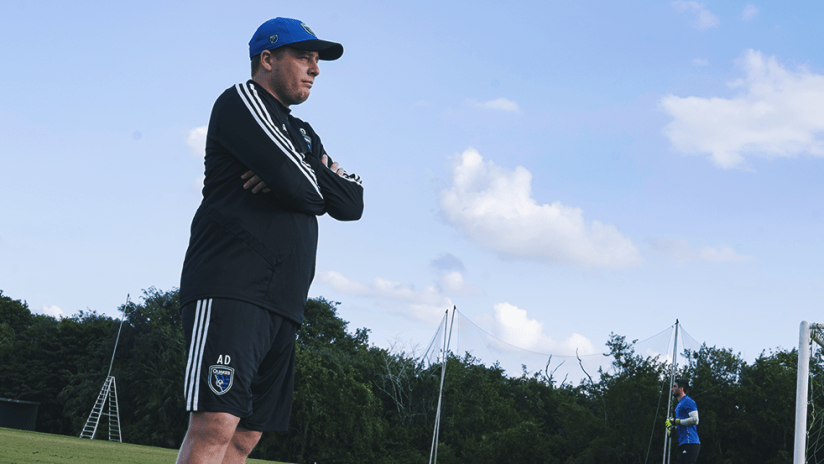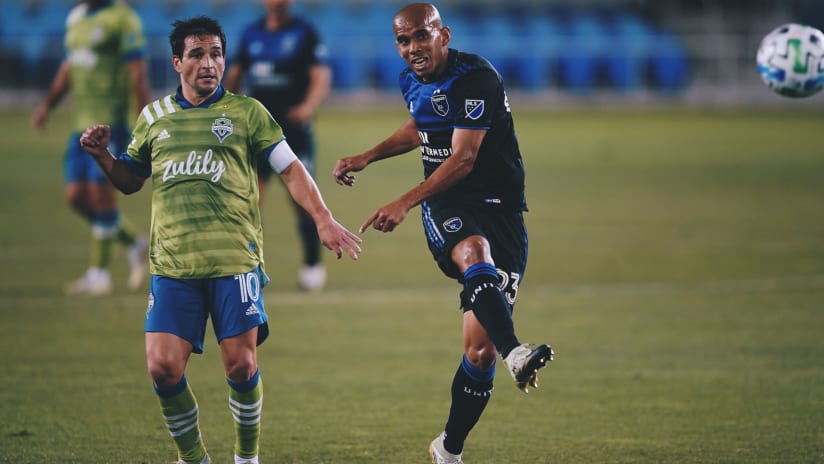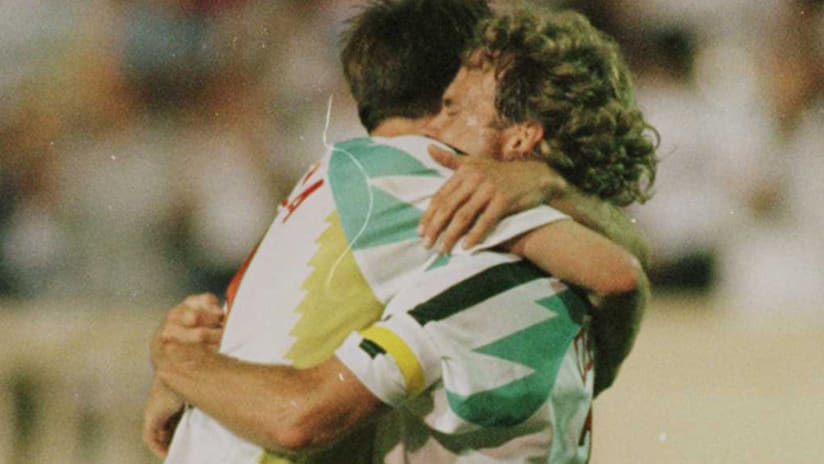As the San Jose Earthquakes prepare for their second preseason trip to Cancún, Mexico, a lot of work is being done behind the scenes to get the team ready. We sat down with several members of the Quakes’ soccer operations staff to get a feel for what the grueling two-week training stint requires.
Sjearthquakes.com: How long have you worked for the Earthquakes?
Head equipment manager Andy Dunbar: “I’ve been with the team since 2015.”
SJEQ: How does preparing for Cancún differ from previous preseason trips to Tucson, Arizona?
AD: “The main difference is that we have to bring all of our own equipment: balls, cones, mannequins, sticks, hurdles, ladders, everything. They don’t give us any gear there, but we used to get provided some in Tucson. This coaching staff, in particular, uses a lot of equipment.”
SJEQ: Now that this is your second trip to Mexico, how do you think things will be easier for you?
AD: “I’ve learned the coaching staff’s likes and dislikes, their training schedule, what a typical training session looks like, what they expect of me on and off the field. I think that’s the main reason it will be easier. Last year, we met the coaches just a few days before we left for camp, so we were totally new. I didn’t know them, and they didn’t know me.
“It’s also worth mentioning that [assistant equipment manager] Hector [Perez] is awesome and is a huge help with the coaching staff since he speaks Spanish. He helped facilitate us getting to know the coaches and he makes my life easier because he’s very experienced and very professional. We work well together.”
SJEQ: What sort of supplies are necessary and how many bags will you be packing?
AD: “We’ll have three sets of apparel for every player and staff member, so that will take up about 25-30 big travel bags. Various equipment will consist of another 40 pieces of luggage and there’s about eight bags of shoes. In total, we’ll be bringing around 70-80 pieces of equipment. All of that will need to get moved by hand so everyone, including players and coaches, helps.”
SJEQ: What would be the worst thing for you to forget?
AD: “I think forgetting the cleats would be pretty bad. Most things could be replaced in an emergency, but shoes are very specific to each player and are also the most expensive.”
SJEQ: Talk us through a normal day for you.
AD: “Typically, we would lay out everybody’s clothes the night before so that it’s ready to be picked up in the morning. We wake up early to open the equipment room and make sure the players have access to their gear. We’ll then drive to the field to drop off the equipment and organize everything along the sidelines so the coaches can grab what they need for that session. During each training, we’re helping chase down balls, clean up after drills, set up new drills, helping the coaches transition from one thing to the next. We then pack up the equipment from the field, head back to our room and collect everyone’s laundry to be washed. We then have to do that all over again for the second training session and spend the later part of the evening preparing the clothes for the next morning.”
SJEQ: What’s something that fans may not realize about your department?
AD: “One thing might be just how closely we work with the coaches. We’re in the room with them every single day, getting the plan for training and gym sessions. Equipment is required for everything the team does. When you’re going from a field session to a gym session on the other side of the resort, there has to be a clear line of communication. Everything takes a while to get since the resort is so big, so you have to be prepared.”
SJEQ: How does this coaching staff compare to others you’ve worked with, equipment-wise?
AD: “This coaching staff plans ahead very well. They probably have every single training session for two weeks in Cancún already planned out on paper a month in advance. They use more equipment than any other I’ve ever worked with. For example, the average staff probably uses 50 balls in a session. Our coaches use 80. If someone saw one of our training sessions, they’d probably be surprised just how much is on the field; mini goals, mannequins, line tape, etc.
“We also utilize sparring partners from time-to-time, so there may be upwards of 60 players on the field at one time.”




